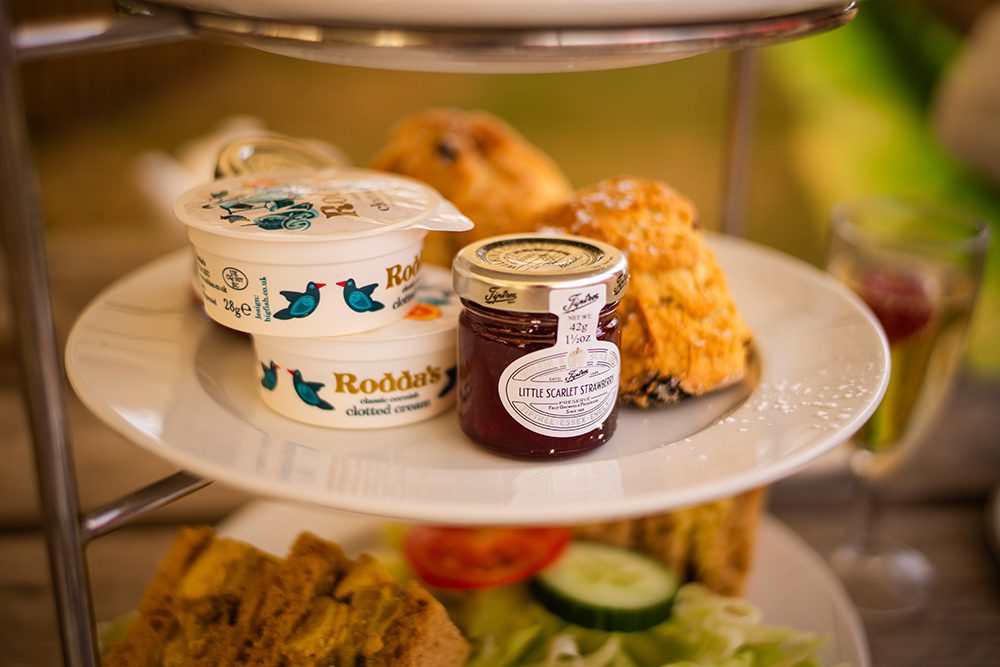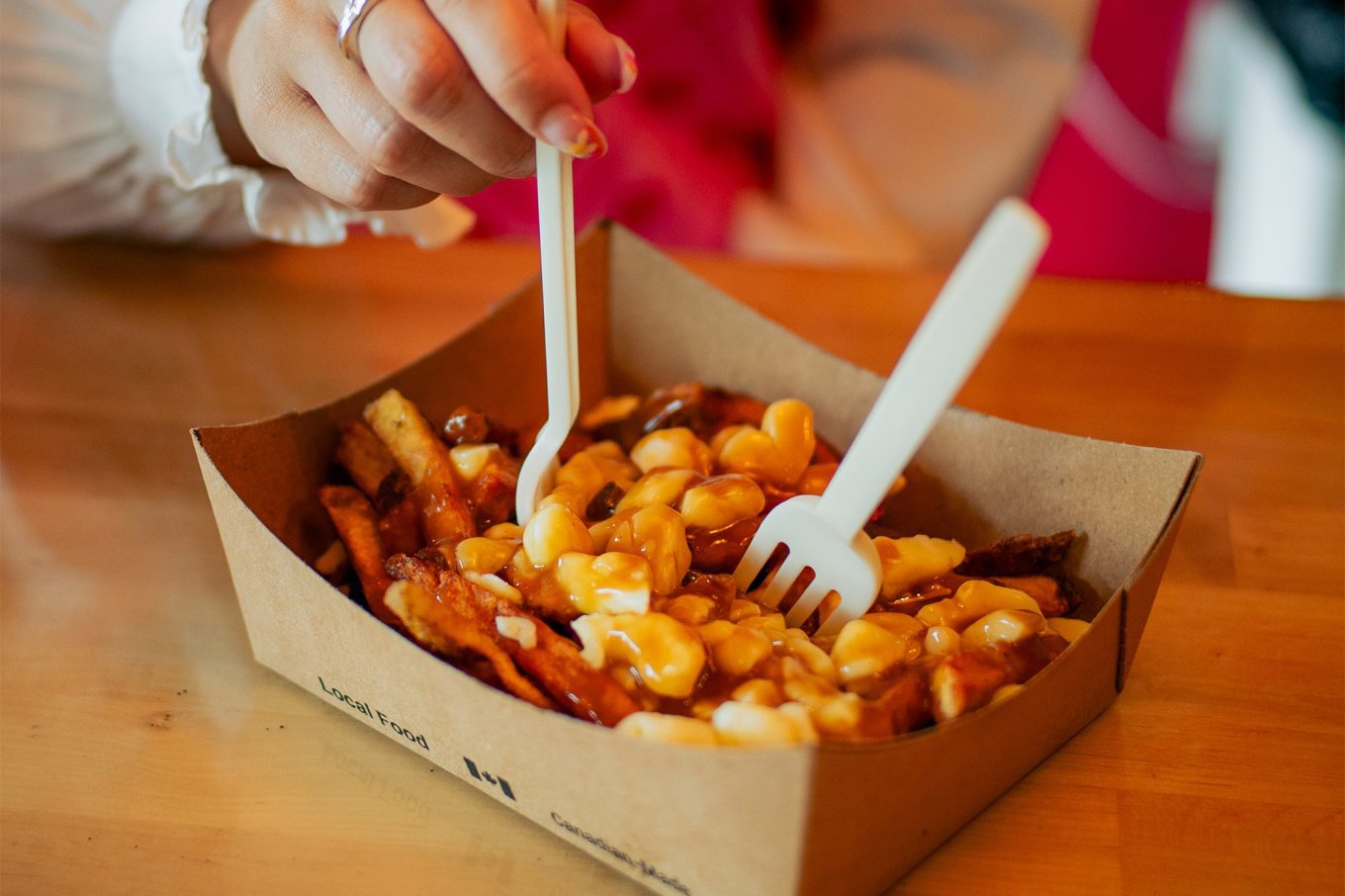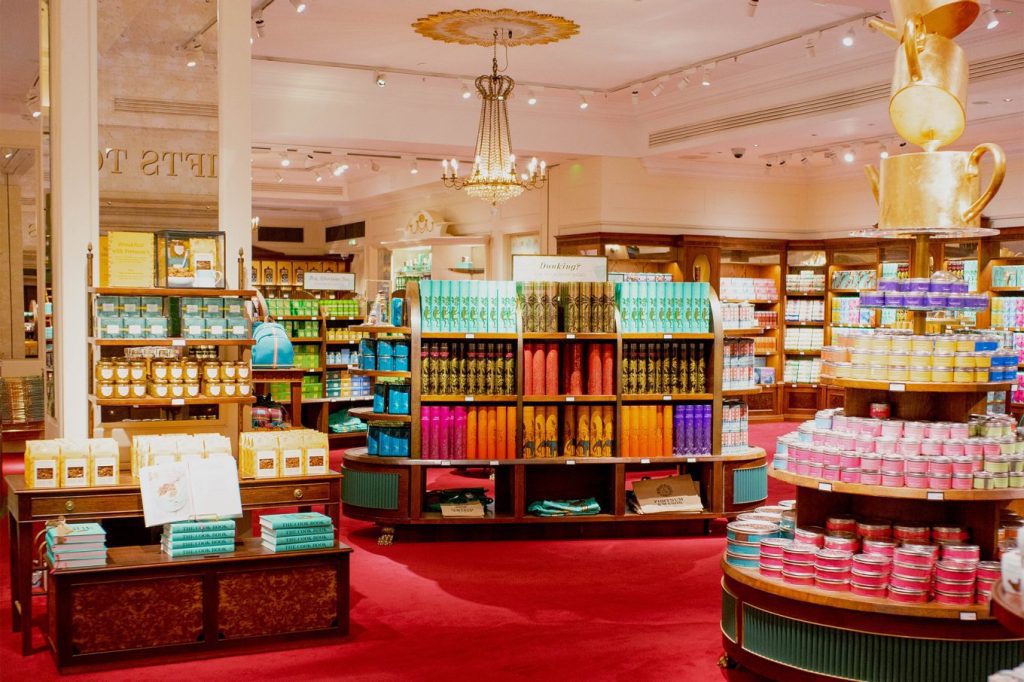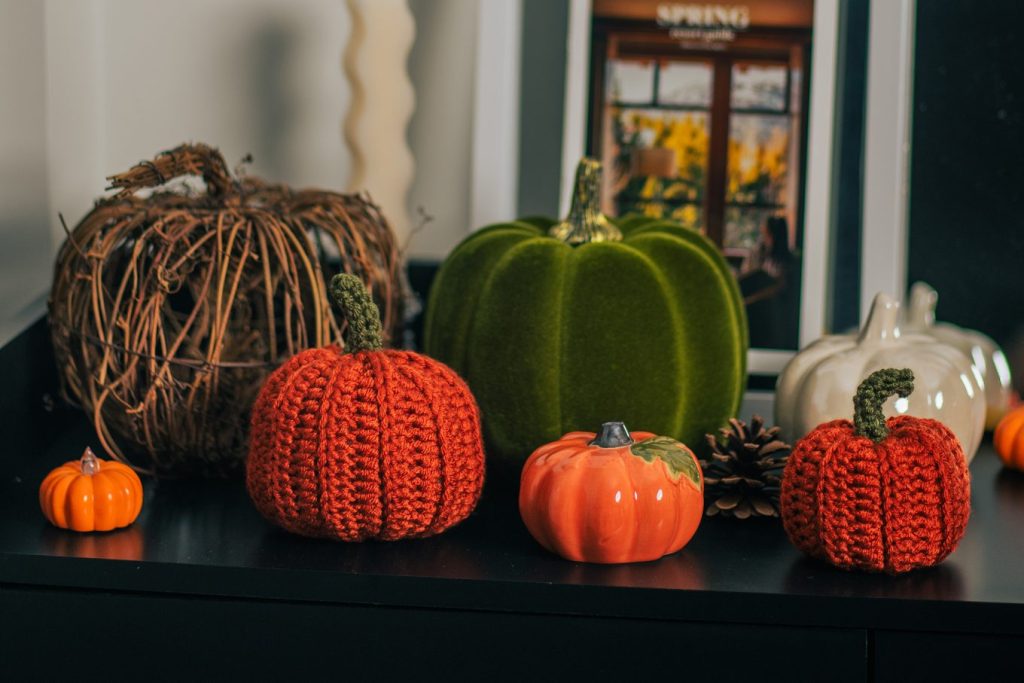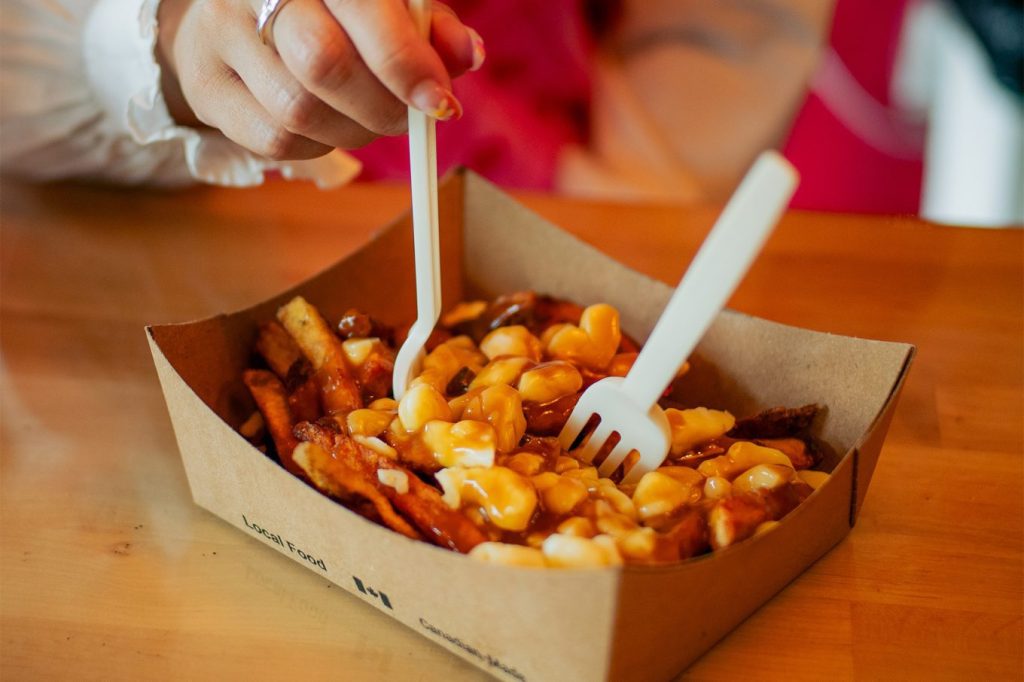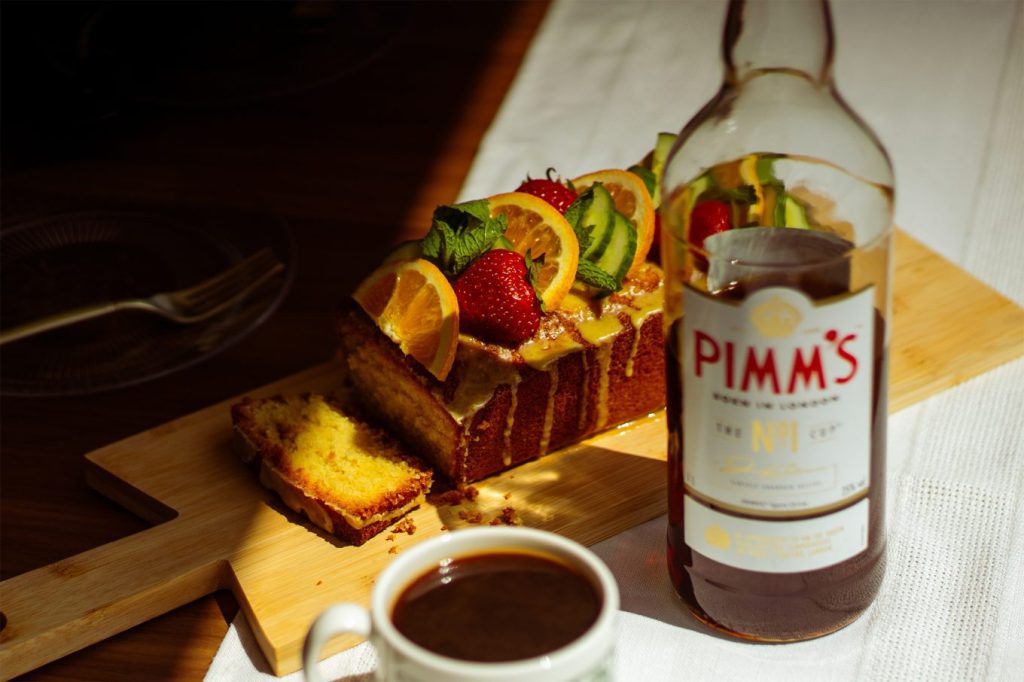If there’s one thing British cuisine does well it’s dessert, or as we call it, pudding! With so many classics it was hard to get it down to a digestible number so here’s 11 of the greatest British desserts that I think travellers to the UK need to try, (at least one anyway!)
All of these desserts can be ordered in pubs across Great Britain (they might not have all of them but it would be peculiar if they didn’t have at least one) and if you want to save money you can also buy them in pretty much any large supermarket across the nation. I’ve also linked out to recipes if you fancy making them yourself at home whilst the pandemic is preventing international travel.
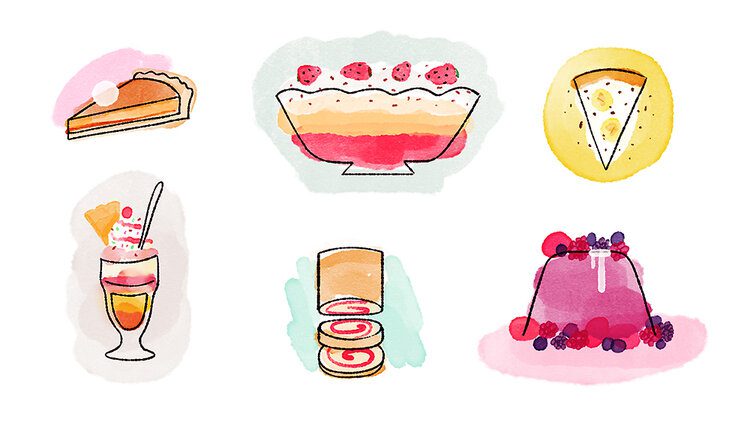
Traditionally, all the puddings/desserts below are made with wheat and dairy, but with so many more alternatives available these days, it’s easy to make or find gluten free, dairy free or vegan versions of these Great British delights.
I started working on this blog post in March right before the UK went into lockdown so I didn’t manage to get photos for all of the following sweet treats, so Michael very kindly provided some illustrations so you can get an idea of what they look like. Aww ain’t he cute!
1. Sticky Toffee pudding
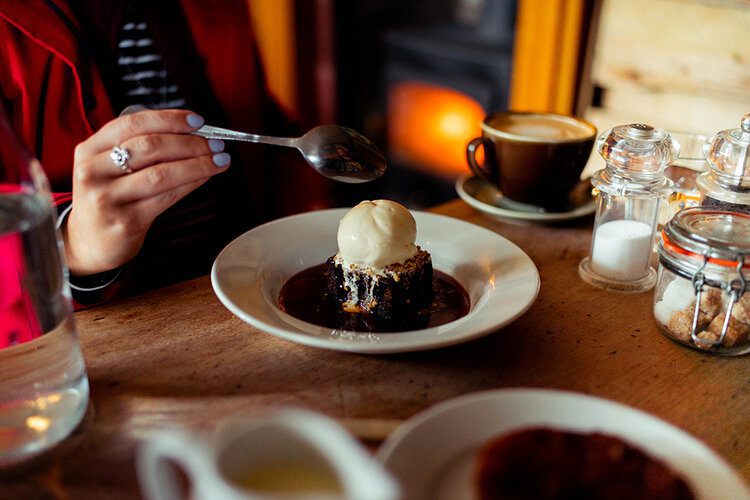
What is it?
Sticky toffee pudding, often known as STP, is a dark, moist sponge that is coated to the point that it’s virtually swimming in a rich toffee sauce. Sometimes the sponge is light and fluffy and others make it dense but it’s always extra sweet and sticky.
Origin story
The origin of sticky toffee pudding is still highly debated between three possibilities:
STP was first made by Francis Coulson at Sharrow Bay in the Lake District in Cumbria, England in the 70s. Coulson’s recipe is so sought after that all the staff at Sharrow Bay have had to sign a non-disclosure agreement. The recipe itself is kept in a vault within the hotel.
STP was first made in Aberdeenshire in Scotland.
Francis Coulson received the recipe from Mrs Martin of The Old Rectory in Claughton, Lancashire in England.
Whatever the origin is, it came from a desire to create something warm and comforting for dark and cold winter nights.
Served with
Served hot with either custard, cream or vanilla ice cream.
Recipe
Get Mary Berry’s classic recipe here.
2. Spotted Dick
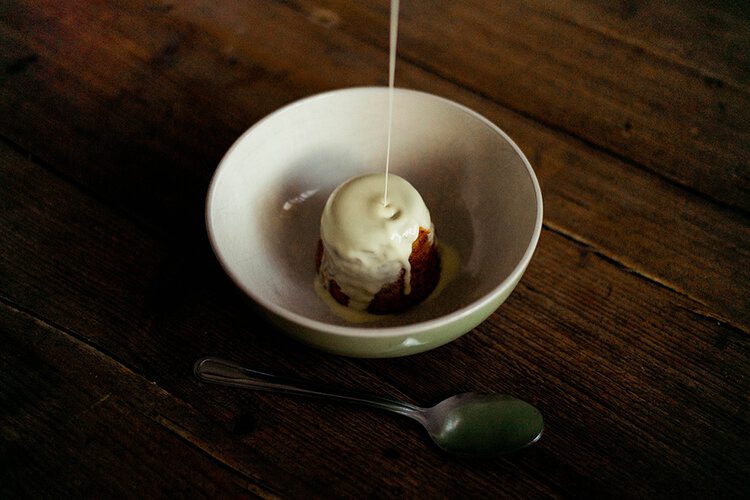
What is it?
It’s a polkadot patterned male genital usually served with custard but sometimes cream… UGH could you imagine? Nope, despite the comical name, spotted dick is a steamed suet pudding packed full of currants or raisins. The pudding itself isn’t very sweet but it gets its sweet taste from the dried fruit and custard that it should always be accompanied by.
Origin story
Spotted dick originated in the Victorian Era, a period known for its pudding inventions. Its first published mention was in 1850 by chef Alexis Soyer in The Modern Housewife, or, Ménagère.
So why spotted dick? “Spotted” comes from the dried fruit scattered throughout the pudding and “dick” is a dialectal name for a plain pudding shorted from “puddick”. Alternative names for spotted dick are Spotted Dog or Railway Cake; “dog” was also another name for a plain pudding abbreviated from “puddog”.
Served with
Served hot with warm custard.
Recipe
Get James Martin’s spotted dick and custard recipe here.
For Nadiya Hussain’s Irish soda bread spotted dick recipe, click here.
3. Bread and Butter pudding
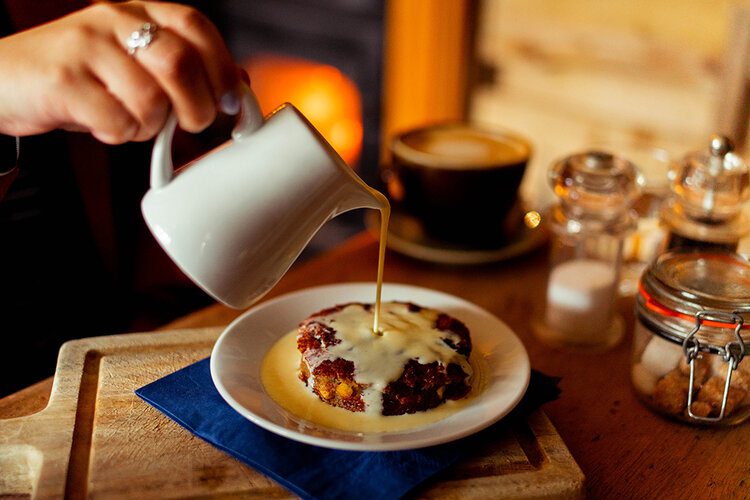
What is it?
Bread and butter pudding is made from layered slices of buttered, stale bread that have been sprinkled with currants and cooked in nutmeg seasoned egg and cream mixture. It should be golden and crunchy on top and soft and moist on the bottom. It’s incredibly fragrant for a fairly simple pudding and is ideal for using up stale bread that’s on its way out. Bread and butter pudding is made with stale bread in the same way that banana bread is made with over-ripened bananas.
Origin story
The earliest publication of a bread and butter recipe was in Eliza Smith’s The Compleat Housewife in 1728 (take the fact that most of these desserts come from some kind of how-to-be-a-good-housewife guide, with a pinch of salt, Lord knows I am).
Before it became bread and butter pudding though, it was known as “whitepot”. Whitepot used bone marrow in place of butter, yeah…. I’m glad it changed too.
The much loved dessert comes from the necessity to use up stale bread so that it doesn’t go to waste.
Served with
Served hot with either custard, cream or ice cream.
Recipe
For Delia Smith’s classic bread and butter pudding recipe, click here.
For Jamie Oliver’s bread and butter panettone pudding tart recipe, click here. I made this a couple of Christmases ago and it’s an amazing use for panettone bread, if you’re someone that always gets given one over the festive period.
4. Summer pudding
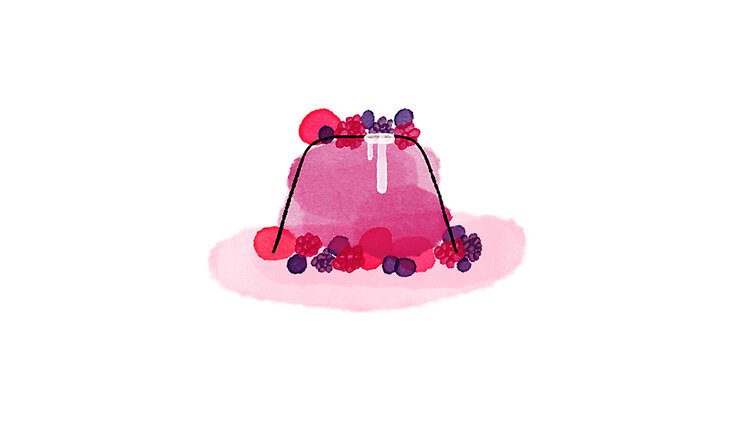
What is it?
Summer pudding, otherwise known as summer fruits pudding, is a chilled bread pudding that has been soaked in the fruit juices of seasonal summer berries and has a centre packed full of all of those juicy berries. The berries used may include any of the following:
Raspberries
Strawberries
Blackcurrants
Whitecurrants
Redcurrants
Blackberries
Tayberries
Loganberries
Cherries
Blueberries
Gooseberries
Origin story
Another Victorian pudding made from stale bread, yes, but this one is entirely different from bread and butter pudding as it swaps out a rich dairy mixture for being soaked in fresh summer berries. Oh, and it’s served chilled.
A similar recipe to summer pudding dates back to 1904 but was served hot. The most similar recipe came much earlier in the late 1800’s but it was called “Hydropathic pudding”, served to ladies in spas as it was seen to be a healthier option to stodgier suet puddings.
Served with
Serve chilled with thick pouring cream.
Recipe
The very best summer fruit pudding recipe has to come from Delia Smith, click here for her recipe.
5. Crumble
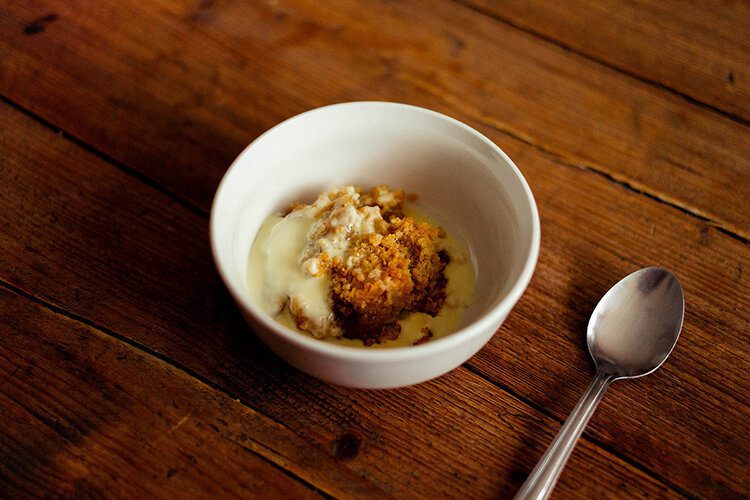
What is it?
Crumble is to the Brits what pie is to North Americans; it can be made with multiple fruit fillings and is often enjoyed after a large family meal.
It’s a base of stewed fruit topped with mixture resembling breadcrumbs made from flour, butter and sugar which is baked to go golden and crunchy.
Origin story
Crumbles came about during World War II when food was rationed and the breadcrumb-like topping was a far more economical way to create a dessert over making a pie during a time when ingredients were limited. To further reduce the use of flour, oat and often breadcrumbs could be used to top this dessert.
The most popular crumble fillings are apple and rhubarb.
Served with
Served hot with custard, cream or ice cream.
Recipe
Click here for Jamie Oliver’s rhubarb crumble.
Lorem ipsum dolor sit amet, consectetur adipiscing elit. Ut elit tellus, luctus nec ullamcorper mattis, pulvinar dapibus leo.
6. Jam Roly-Poly
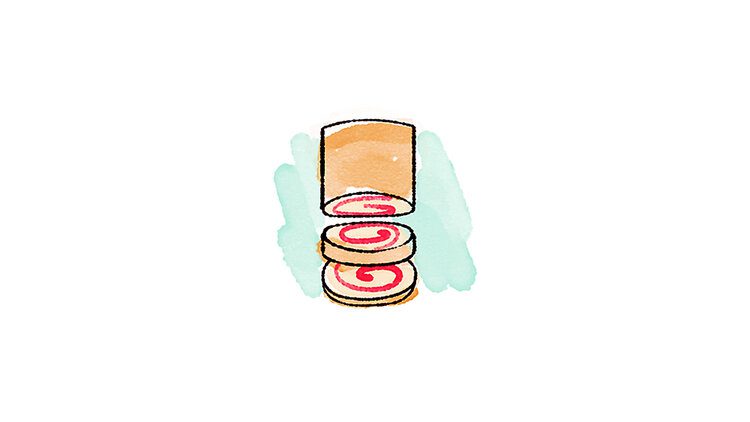
What is it?
A jam roly-poly is not dissimilar to a Swiss roll in that it’s spread with strawberry jam and rolled up before being steamed or baked.
Origin story
The jam roly-poly is another Victorian era suet pudding creation, honestly how the women survived in corsets is beyond me. It was originally rolled up and steamed within an old shirt sleeve which got it the appetising nicknames: shirt-sleeve pudding and dead man’s arm… yum!
It’s a simple delight that’s a popular choice with kids and is a staple dessert on school dinner menus across the nation.
Served with
Serve hot with warm custard.
Recipe
Click here for The Hairy Biker’s jam roly-poly pudding recipe.
7. Trifle
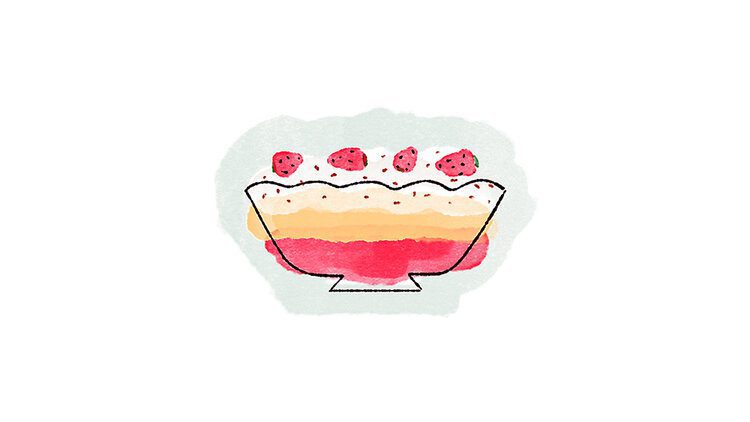
What is it?
I’m sure many Brits would agree that Christmas wouldn’t be Christmas without a trifle.
Trifle is the traditional English dessert that Rachel Green was trying to make for Thanksgiving when she got mixed up with shepherds pie in Friends, “The One Where Ross Got High”.
It’s made up of layers of sponge soaked in booze, fruit, jam/jelly and English custard that is topped off with whipped cream and sprinkled with either chocolate shavings or almond flakes.
Just like a crumble, the fruit can be your own choice. Strawberry is a firm favourite but it’s equally delicious when made with seasonal fruits.
Origin story
The trifle is one of the oldest desserts in British history and was first published in 1585 in Thomas Dawson’s cookbook, The Good Huswifes Jewell. It evolved from a fruit foole which is a dessert made from fruit mixed into a sweetened cream.
The Scottish version is a tipsy laird and in the US there’s a trifle variant called a tipsy cake… yeah, a boozy one for sure, but you can swap out the sherry (etc.) for fruit juice so it’s more appropriate for the kiddies to eat.
Served with
As trifle is made with layers of custard and cream, it doesn’t need to be served with anything.
Recipe
For a traditional trifle recipe made with jam, click here for Mary Berry’s recipe.
For Jamie Oliver’s trifle recipe made with jelly, click here.
8. Eton Mess
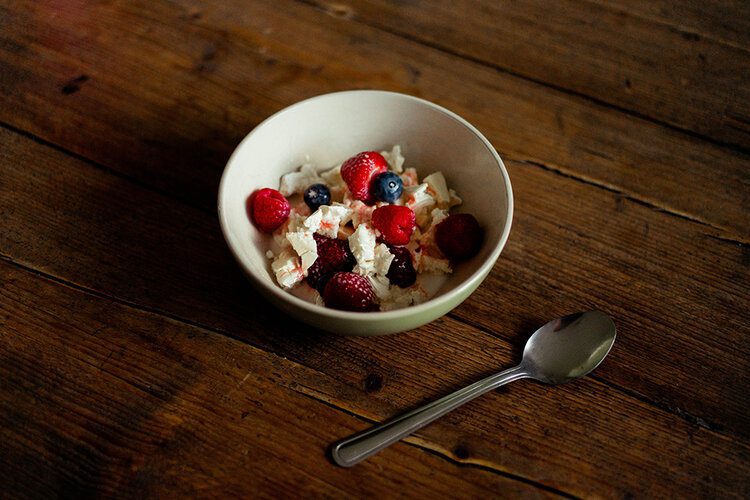
What is it?
Eton mess is a delightfully simple dessert made from meringue, cream and summer berries.
Origin story
Eton mess is a dessert that originates from Eton College, the poshest all boys school in the United Kingdom; it’s where Princes William and Harry went to school.
Eton mess is know to have first been made in 1893. Originally Eton mess was made from either strawberries or bananas mixed with either ice cream or cream and was available from their tuck shop in the 1930s. It was years later that the meringue was added. Its name comes from its place of origin and the fact that it wasn’t well presented.
Legend goes that a dessert of strawberries, cream and meringue was accidentally dropped on the floor during the annual Eton vs Harrow cricket match in the late 19th century, instead of letting it go to waste, they scooped it up and served it anyway. It is now served every year at the cricket match, however you can get it from most pubs in summer or it’s easy peasy to make at home, especially if you use pre-made meringues.
Served with
As Eton mess is made with cream, it doesn’t need to be served with anything else.
Recipe
Click here for an Eton mess recipe that teaches you how to make meringues from scratch.
9. Knickerbocker Glory

What is it?
A knickerbocker glory is a British ice cream sundae.
Origin story
The knickerbocker glory is known to have been around since 1920s but its true origin story seems to be lost in a multitude of claims from being named after the popular Dutch surname to Lyon producing a series of desserts named after outer-garments.
Served with
As knickerbocker glories are packed full of cream and ice cream, it doesn’t need to be served with anything else.
Recipe
Click here for Mary Berry’s knickerbocker glory recipe.
10. Banoffee Pie
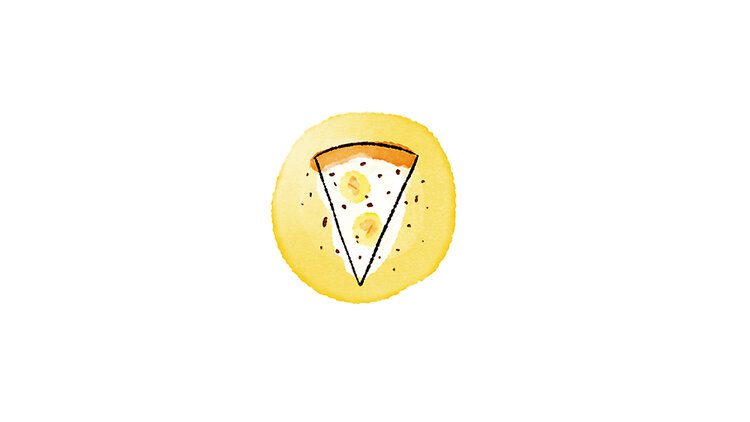
What is it?
Banoffee pie is an incredibly indulgent pie filled with toffee, sliced bananas and cream.
Origin story
The banoffee pie is the most recent dessert creation on this list. It was first created in East Sussex by British restaurateur Nigel Mackenzie in 1972 when he and his chef Ian Dowding were making a Blum’s Coffee Toffee Pie but decided to adapt it to include fruit. It instantly took off and became a permanent dessert on the menu at The Hungry Monk. The recipe became accessible to all when Nestlé printed it on the side of their cans of Carnation condensed milk.
Served with
As banoffee pie is topped with lashings of cream, it doesn’t need to be served with anything but it can be served with ice cream.
Recipe
Click here for Mary Berry’s classic banoffee pie recipe.
11. Treacle Tart
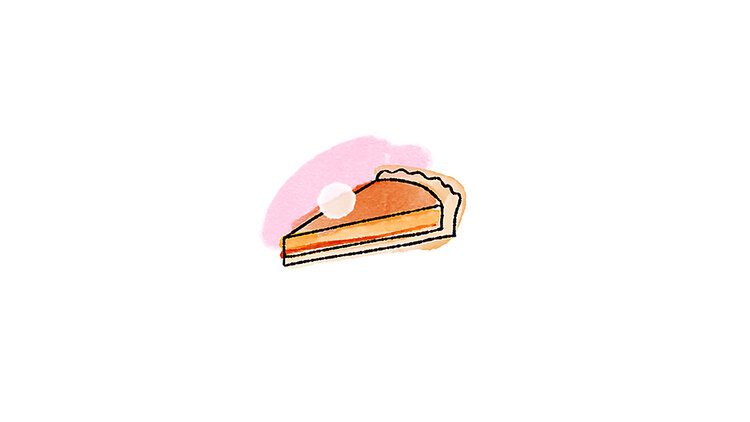
What is it?
Treacle tart is a shortcrust pastry base filled with a thick golden syrup mixture and is probably the sweetest one on here.
Origin story
The recipe for treacle tart first appeared in one of Mary Jewry’s cookbooks in 1879 but it was made with a much thicker black treacle and isn’t a representation of the treacle tart Brits know and love today. The modern treacle tart came about in the 1880s with the invention of golden syrup.
It was a popular dessert with less fortunate families as it could simply be made with bread and treacle which were much cheaper ingredients than fresh fruits.
PFH Fun Fact: “treacle tart” is cockney slang for “sweetheart”.
Served with
Served hot or cold with whipped or clotted cream or ice cream.
Recipe
Click here for James Martin’s treacle tart recipe.
.
I hope you have sweet tooth!
Gabriella



